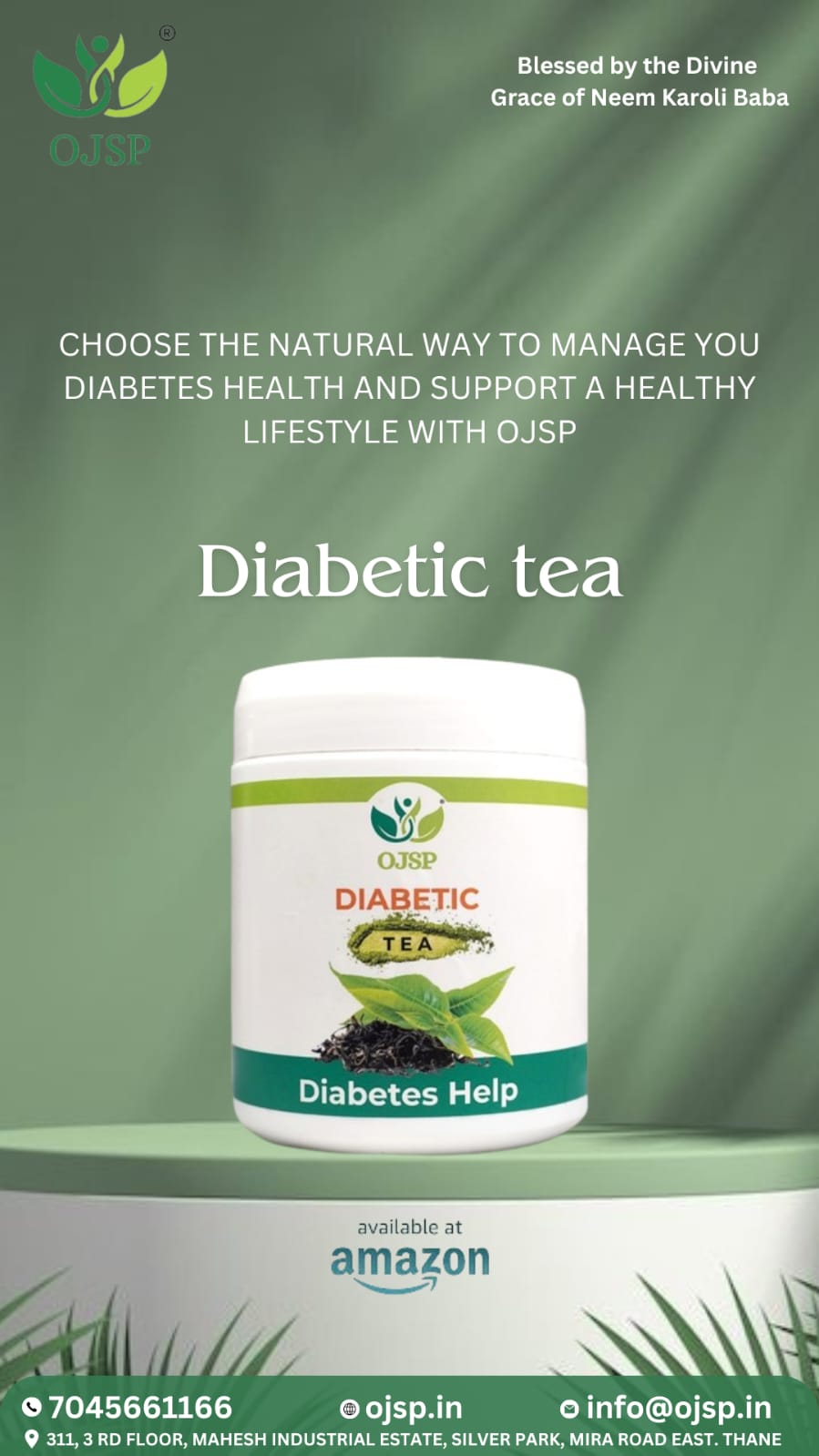India's demographic landscape is undergoing a significant transformation, marked by a remarkable decline in fertility rates over decades. A recent global study published in The Lancet journal sheds light on this trend, indicating a drastic drop from nearly 6.2 in 1950 to less than 2 in 2021. Lets explore the findings of the study, diving into the implications of India's declining fertility rate and the challenges it poses for the nation's future.
The Decline in Fertility Rates: The Total Fertility Rate (TFR), a key indicator of fertility levels, has witnessed a substantial decrease globally, mirroring the trend observed in India. From an average of more than 4.5 per woman in 1950, the TFR has dwindled to 2.2 in 2021. Projections indicate a further decline to 1.8 and 1.6 in 2050 and 2100, respectively. This downward trajectory underlines a fundamental shift in demographic patterns worldwide.
Implications for India: The plummeting fertility rate in India carries profound implications for various aspects of the country's socio-economic landscape. Poonam Muttreja, Chief of the Population Foundation of India, highlights concerns such as an ageing population, labor force shortages, and potential gender imbalances arising from preferences. These challenges necessitate a strategic approach to address the evolving demographic dynamics effectively.
Global Perspective: While India grapples with declining fertility rates, many low-income nations continue to face high fertility levels, as revealed by the Global Burden of Disease (GBD) 2021 Fertility and Forecasting Collaborators study. This divergence highlights the complex interplay of socio-economic factors shaping fertility trends across different regions. Moreover, the looming threat of climate change exacerbates existing vulnerabilities, particularly in resource-constrained settings prone to natural disasters.
Adapting to Changing Demographics: In response to the challenges posed by declining fertility rates, policymakers and stakeholders must adopt proactive measures to adapt and mitigate potential impacts. Economic policies aimed at stimulating growth and job creation, coupled with social security and pension reforms, are crucial for navigating the demographic transition effectively. By fostering a conducive environment for sustainable development, India can harness the demographic dividend while addressing emerging demographic challenges.
Livebirth Trends: The Lancet research reveals shift in livebirth patterns globally, with 2021 recording 12.9 crore livebirths worldwide, compared to 9.3 crore in 1950. In the Indian context, livebirth numbers have increased from 1.6 crore in 1950 to 2.2 crore in 2021. However, projections indicate a decline to 1.3 crore by 2050. These figures highlight the evolving demographic dynamics and the need for comprehensive policy responses to ensure socio-economic resilience.
India's declining fertility rates signal a significant demographic transition with far-reaching implications for the nation's future. As the country navigates this transformation, it is imperative to adopt a multi-faceted approach that addresses socio-economic challenges while leveraging opportunities for sustainable development. By embracing innovative policies and fostering inclusive growth, India can chart a course towards a prosperous and resilient future amidst shifting demographic landscapes.
.jpg)
 As India navigates this transformation, it is imperative to adopt a multi-faceted approach that addresses socio-economic challenges while leveraging opportunities for sustainable development.
As India navigates this transformation, it is imperative to adopt a multi-faceted approach that addresses socio-economic challenges while leveraging opportunities for sustainable development.




.jpeg)
.jpeg)

_(1).jpeg)


.jpeg)
_(1)_(1)_(1).jpeg)

.jpeg)





.jpeg)

.jpeg)

.jpeg)
.jpeg)
.jpeg)
.jpeg)



